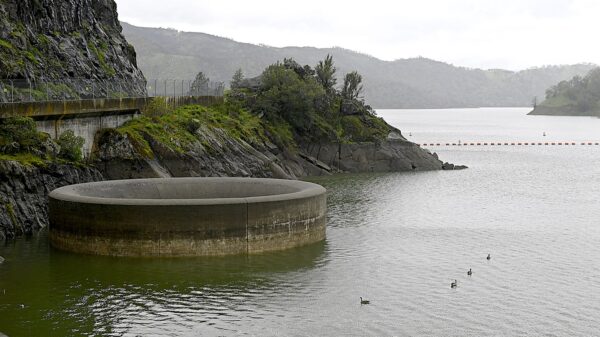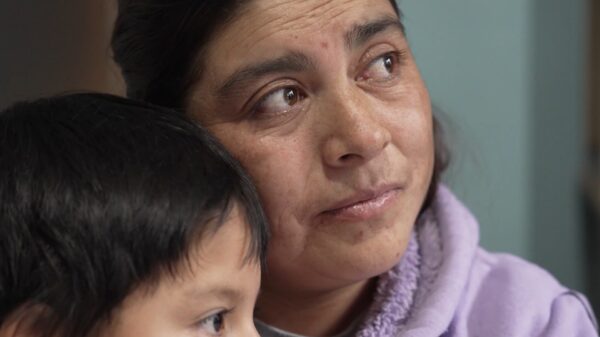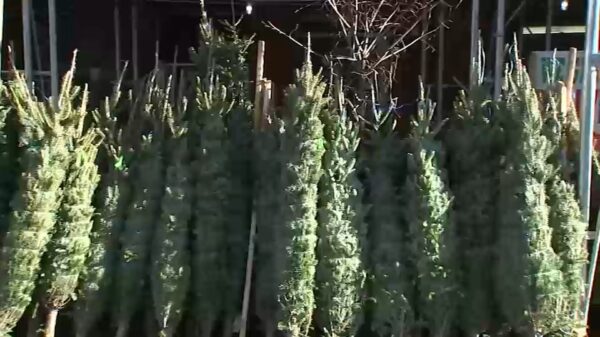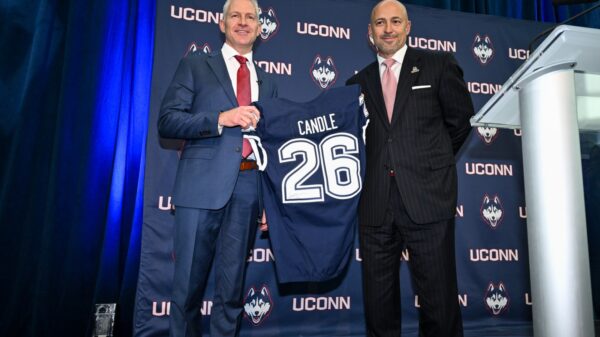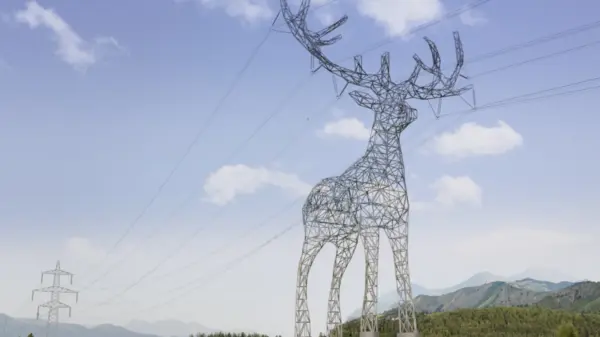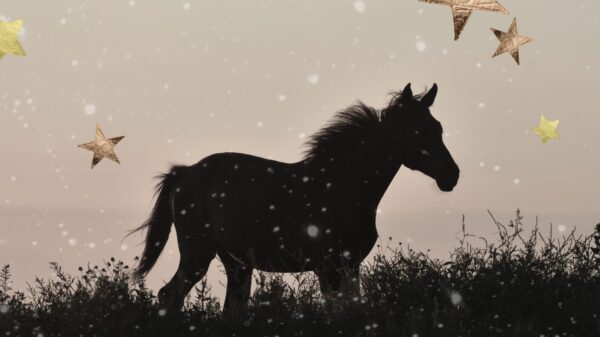Research indicates that a type of parasitic worm, known for consuming the eggs of blue crabs, may play a pivotal role in the recovery of their populations in the Chesapeake Bay. This unexpected relationship highlights a complex ecological dynamic that could ultimately benefit the local blue crab fisheries, which are vital to the region’s economy.
The Chesapeake Bay, which spans parts of Maryland and Virginia, has seen a significant decline in blue crab numbers over the past few decades. According to data from the National Oceanic and Atmospheric Administration (NOAA), the blue crab population reached a low point in 2023, prompting concerns among environmentalists and fishermen alike.
Studies suggest that while these parasitic worms could be perceived as detrimental to blue crabs, they might also be part of a natural mechanism that regulates crab populations. The presence of the worms can lead to healthier blue crab stocks by reducing overpopulation, which can result in disease spread and competition for resources.
Understanding the Role of Parasitic Worms
The parasitic worms specifically target blue crab eggs, consuming them before they have a chance to hatch. While this may seem alarming, researchers argue that the worms could aid in maintaining a balanced ecosystem. By limiting the number of juvenile crabs that survive to adulthood, the worms help to prevent overcrowding, which can lead to food shortages and increased vulnerability to disease.
Dr. Sarah Thompson, a marine biologist with NOAA, stated, “The relationship between the worms and blue crabs is a fascinating example of nature’s balance. In some ways, these worms are performing a service by keeping crab populations at sustainable levels.”
This perspective is particularly important for fishermen, as a healthy blue crab population is crucial for both the economy and the ecological health of the Chesapeake Bay. The blue crab fishery contributes millions of dollars annually to the local economy, making the restoration of crab populations a priority for stakeholders.
Implications for Fisheries and Conservation
The insights gained from studying the interaction between blue crabs and parasitic worms could inform future conservation strategies. If managed correctly, these findings may lead to new methods for enhancing crab populations while also supporting the broader health of the bay’s ecosystem.
The Maryland Department of Natural Resources and fishing communities are now exploring ways to incorporate this knowledge into their management practices. By understanding the ecological role of parasitic worms, they hope to develop strategies that promote both sustainable fishing and environmental conservation.
As researchers continue to delve into the complexities of this relationship, the potential for a more resilient blue crab population in the Chesapeake Bay appears promising. This discovery underscores the importance of viewing ecological interactions through a nuanced lens, recognizing that not all relationships in nature are detrimental.
In conclusion, while parasitic worms may evoke unease, they could be integral to the future of blue crabs in the Chesapeake Bay. As the region grapples with environmental changes and population declines, the interplay between these species offers a glimmer of hope for restoration efforts.



